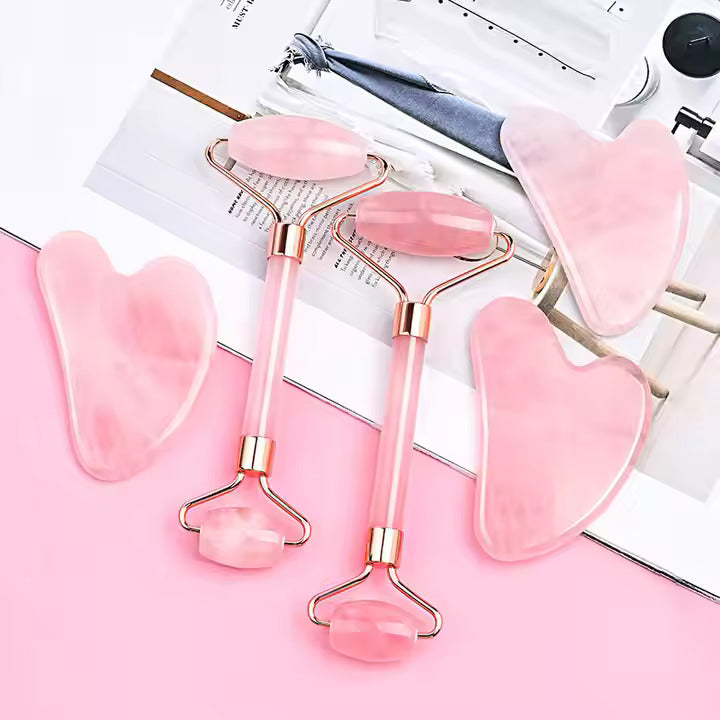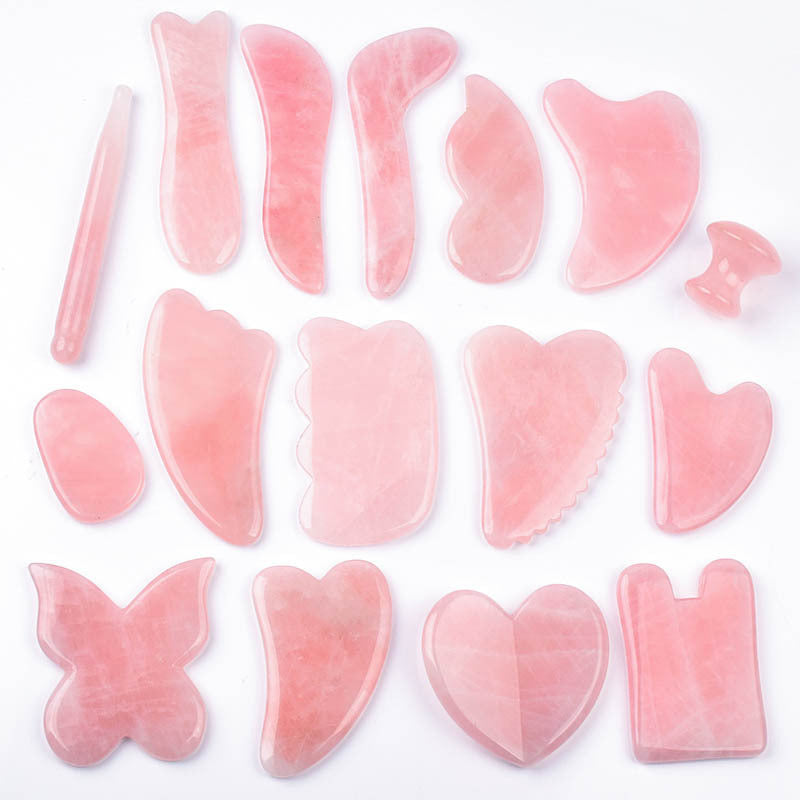Facial vs. Body Gua Sha: Techniques and Tips for Best Results
Gua sha, an ancient Chinese healing modality, is experiencing a well-deserved surge in popularity. Its purported benefits range from reducing puffiness and improving circulation to relieving muscle tension and promoting lymphatic drainage. But while the basic principle remains the same – using a smooth, typically stone tool to scrape the skin – the techniques and approaches differ significantly between facial and body gua sha. This article delves into the nuances of each, providing you with the knowledge to maximize your gua sha experience.
Understanding Gua Sha
Gua sha involves using a tool (often made of jade, rose quartz, or other stones) to gently scrape the skin along specific pathways. This action is believed to stimulate blood flow, break up stagnant energy (Qi), and reduce inflammation. The resulting redness is a common and temporary effect, indicating increased circulation.
Facial Gua Sha: Techniques and Benefits
Facial gua sha focuses on the delicate skin of the face and neck. The goal is often to sculpt the features, reduce puffiness, improve skin tone, and promote lymphatic drainage. Here's a breakdown of techniques:
- Preparation: Cleanse your face thoroughly and apply a lubricating serum or oil. This prevents the tool from dragging and protects your skin.
- Upward Strokes: Always use gentle, upward strokes, moving from the center of the face outwards and upwards towards the lymph nodes. This promotes lymphatic drainage and prevents sagging.
- Pressure: The pressure should be light to medium. Avoid applying excessive pressure, especially around the eyes and delicate areas.
- Specific Areas: Focus on areas prone to puffiness or tension, such as under the eyes, along the jawline, and around the forehead. There are numerous online resources illustrating specific facial gua sha techniques.
- Frequency: Facial gua sha can be performed daily or several times a week, depending on your skin's sensitivity and your preference.
Benefits of Facial Gua Sha
- Reduced puffiness and bloating
- Improved skin tone and texture
- Stimulated lymphatic drainage
- Reduced appearance of fine lines and wrinkles
- Relaxed facial muscles
Body Gua Sha: Techniques and Benefits
Body gua sha utilizes broader strokes and often targets larger muscle groups. The focus shifts from sculpting to relieving muscle tension, improving circulation, and promoting overall body wellness. Here are key considerations:
- Preparation: Similar to facial gua sha, start with clean skin and apply a lubricating oil or lotion. You may need more lubricant for body gua sha due to the larger surface area.
- Strokes: Use longer, more sweeping strokes, following the natural flow of the body's meridians (energy pathways) or along the direction of muscle fibers. Consult resources illustrating body meridians for optimal techniques.
- Pressure: Pressure can be firmer than with facial gua sha, but still maintain a comfortable level. Listen to your body and adjust pressure accordingly.
- Areas of Focus: Target areas with muscle tension or pain, such as the neck, back, shoulders, and legs. Be mindful of bony prominences and avoid direct pressure on these areas.
- Frequency: Body gua sha can be performed less frequently than facial gua sha, perhaps once or twice a week, depending on your needs.
Benefits of Body Gua Sha
- Reduced muscle tension and soreness
- Improved circulation and blood flow
- Reduced inflammation
- Increased range of motion
- Relaxation and stress reduction
Choosing Your Gua Sha Tool
Various materials are used for gua sha tools, each with its own properties. Jade is popular for its cooling effect, while rose quartz is associated with calming energy. Consider the material that resonates most with you and your needs.
Precautions
While gua sha is generally safe, there are some precautions to consider:
- Avoid sensitive areas: Be cautious around broken or irritated skin, open wounds, or areas with active acne.
- Listen to your body: Stop if you experience significant discomfort or pain.
- Consult a professional: If you have any underlying health conditions, consult with a healthcare professional before starting gua sha.
Conclusion
Both facial and body gua sha offer a range of potential benefits. By understanding the techniques and following the necessary precautions, you can effectively incorporate this ancient practice into your self-care routine for a healthier and more radiant you.




Dejar un comentario
Este sitio está protegido por hCaptcha y se aplican la Política de privacidad de hCaptcha y los Términos del servicio.